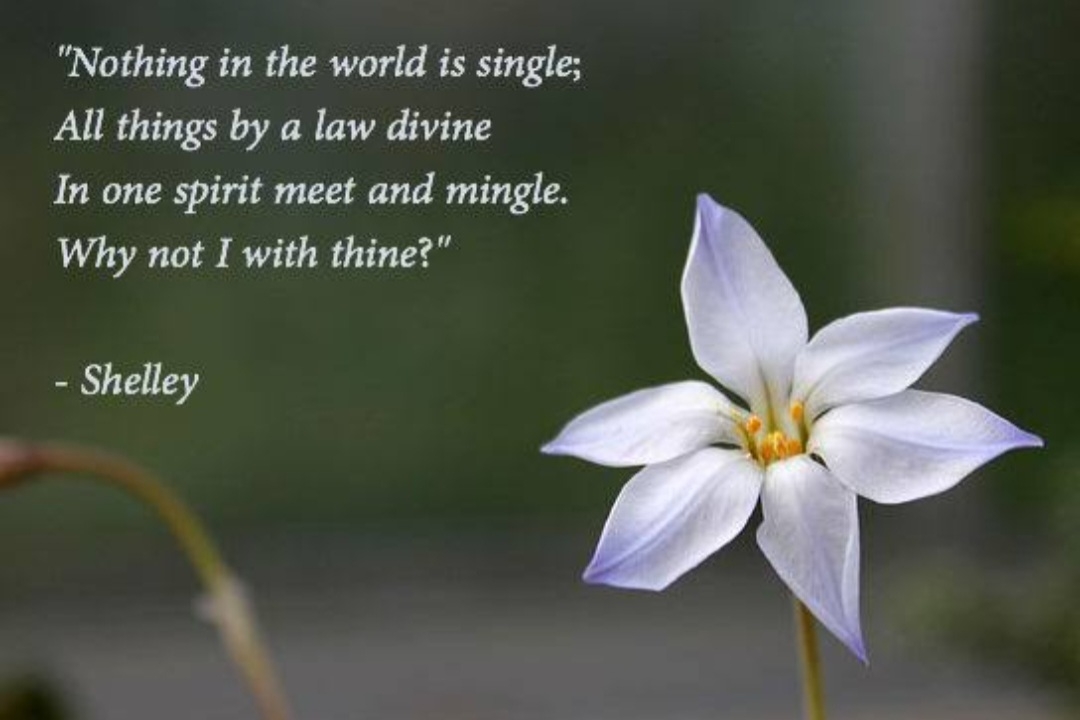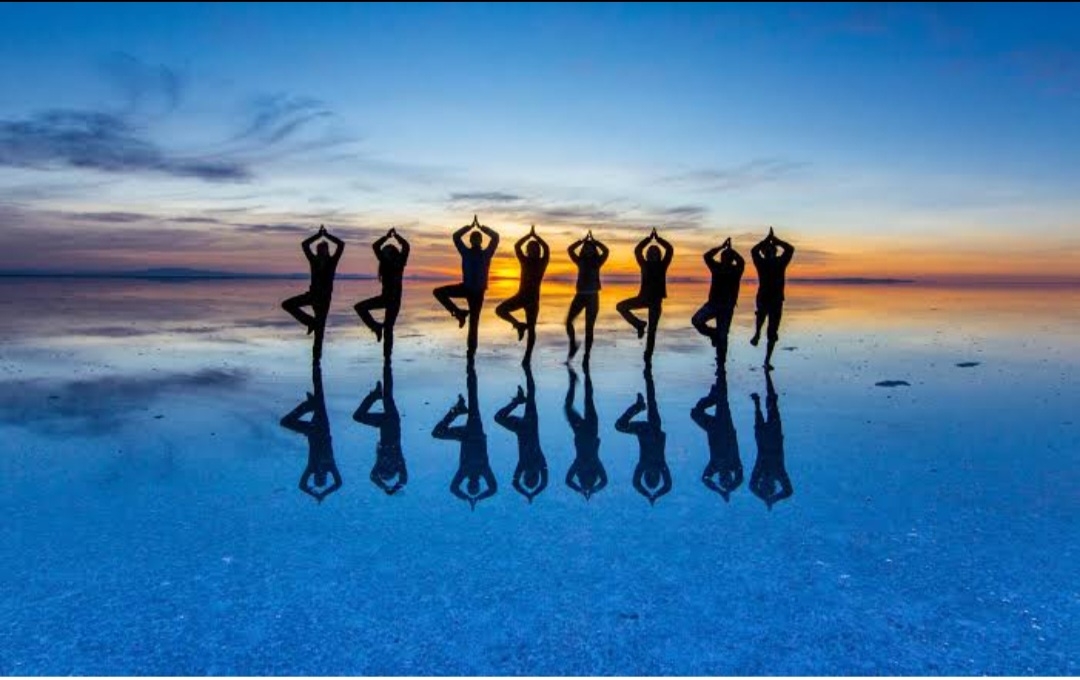Table of contents:-
Personal Information
Assignment Details
Introduction
Early life of Samuel Richardson
Literary Career of Richardson
What is an Epistolary novel?
Types of Epistolary Novel
Epistolary novel and Richardson
Conclusion
References
Personal Information:-
Name:- Divya Bharatbhai Jadav
Batch :- M.A.sem 1 ( 2023- 2025)
Email Address:- divyajadav5563@gmail. com
Roll number:- 8
Assignment Details:-
Topic:- Samuel Richardson and Epistolary Novel
Paper:- Literature of Neo-classical Period
Subject code:- 22393
Submitted to:- Sujata Binoy Gardi, Department of English, MKBU, Bhavnagar
Date of Submission:- 1 December 2023
About Assignment:- In this assignment I will explain about the Samuel Richardson and the Epistolary Novel
Introduction:
Outside of his writing career, Richardson was an established printer and publisher for most of his life and printed almost 500 different works and various journals and magazines.
During his printing career, Richardson was to experience the death of his first wife along with their five sons, and eventually remarry. Although with his second wife he had four daughters who lived to become adults, they never had a male heir to continue running the printing business. Although his print shop slowly faded away, his legacy was certain when, at the age of 51, he wrote his first novel and immediately became one of the most popular and admired writers of his time.
He was surrounded by some of the leading figures in 18th century England, including Samuel Johnson and Sarah Fielding. Although he was known by most members of thLondon literary community, he was rivals with Henry Fielding, and the two startedresponding to each other's literary styles in their own novels.
Early life:-
Richardson, one of nine siblings, was born in 1689 in Mackworth Derbyshire, to Samuel and Elizabeth Richardson. It is unsure where in Derbyshire he was born because Richardson always concealed the location.The older Richardson was, according to the younger:
"A very honest man, descended from a family of middling note, in the country of Surrey, but having for several generations a large number of children, the not large possessions were split and divided, so that he and his brothers were put to trades; and the sisters were married to tradesmen."
His mother, according to Richardson, "was also a good woman, of a family not ungenteel; but whose father and mother died in her infancy, within half-an-hour of each other, in the London pestilence of 1665".
The trade his father pursued was that of a joiner In describing his father's occupation, Richardson stated that "he was a good draughtsman and understood architecture", and it was suggested by Samuel Richardson's son-in-law that the senior Richardson was a cabinetmaker and an exporter of mahogany while working at Aldersgate-street. The abilities and position of his father brought him to the attention of James Scott, 1 st Duke of Monmouth However this, as Richardson claims, was to Richardson senior's "great detriment" because of the loss of the Monmouth rebellion.which ended in the death of the Scott in 1685. After Scott's death, the elder Richardson was forced to abandon his business in London and live a modest life in Derbyshire.
Literary Career:-
Work continued to improve, and Richardson printed the Daily Journal between 1736 and 1737, and the Daily Gazetteer in 1738.During his time printing the Daily Journal, he was also printer to the "Society for the Encouragement of Learning'', a group that tried to help authors become independent from publishers, but collapsed soon after.In December 1738, Richardson's printing business was successful enough to allow him to lease a house in Fulham. This house, which would be Richardson's residence from 1739 to 1754, was later named "The Grange '' in 1836. In 1739, Richardson was asked by his friends Charles Rivington and John Osborn to write "a little volume of Letters, in a common style, on such subjects as might be of use to those country readers, who were unable to indict for themselves' '. While writing this volume, Richardson was inspired to write his first novel.
What is an Epistolary Novel?
Epistolary novel, a novel told through the medium of letters written by one or more of the characters. Originating with Samuel Richardson’s Pamela or Virtue rewarded , the story of a servant girl’s victorious struggle against her master’s attempts to seduce her, it was one of the earliest forms of novel to be developed and remained one of the most popular up to the 19th century. The epistolary novel’s reliance on subjective points of view makes it the forerunner of the modern Phychological novels.
An epistolary novel is also called a novel of letters, because the narration takes place in the form of letters, possibly journal entries and occasionally newspaper reports. An epistle is an archaic term for a letter. The epistolary novel is an interesting literary technique, because it allows a writer include multiple narrators in his or her story. This means the story can be told and interpreted from numerous viewpoints.
The epistolary novel as a genre became popular in the 18th century in the works of Samuel Richardson, with his immensely successful novels "Pamela" and "Clarissa"
Of these 18th century works, the most famous epistolary novels were those of Samuel Richardson. Both his novels Pamela and Clarissa were novels of letters.
Types of Epistolary Novel:-
There are three types of epistolary novels:
1.Monologic :giving the letters of only one character, like 'Letters of a Portuguese Nun'
2.Dialogic: giving the letters of two characters, like Mme Marie Jeanne Riccoboni’s 'Letters of Fanni Butlers' .
3.Polylogic: with three or more letter-writing characters, such as in Bram Stoker’s Dracula In addition, a crucial element in polylogic Epistolary novels, like Clarissa and Dangerous Liaisons is the dramatic device of discrepant awareness’: the simultaneous but separate correspondences of the heroines and the villains creating dramatic tension.
Epistolary Novel and Samuel Richardson :-
Samuel Richardson an 18th-century English writer and printer .He is best known for his three Epistolary Novel:
" Pamela or Virtue rewarded (1740), "Clarissa or the History of Young Lady (1748)" The History of sir Charles Grandison"(1753).
Pamela, novel in epistolary style by Samuel Richardson published in 1740 and based on a story about a servant and the man who,failing to seduce her, marries her. Pamela Andrew is a 15-year-old servant. On the death of her mistress, her mistress’s son, “Mr. B,” begins a series of stratagems designed to seduce her. These failing, he abducts her and ultimately threatens to rape her. Pamela resists, and soon afterward Mr. B offers marriage—an outcome that Richardson presents as a reward for her virtue. The second half of the novel shows Pamela winning over those who had disapproved of the misalliance.Pamela is often credited with being the first English novel. Although the validity of this claim depends on the definition of the term novel, Richardson was clearly innovative in his concentration on a single action.Pamela Andrews, fictional character, the virtuous, long-suffering heroine of Pamela (1740) by Samuel Richardson.
Clarissa, in full Clarissa; or, The History of a Young Lady, Epistolary Novel by Richardson.published in 1747–48. Among the longest English novels ever written , the book has secured a place in literary history for its tremendous psychological insight. Written in the then fashionable epistolary form, its main body consists of the letters of Clarissa Harlow and her seducer, Lovelace Clarissa, a young woman who expects to marry well, is gravely disappointed by her parents’ choice of suitor. The extremely wealthy, though ugly, Solmes is not Clarissa’s idea of a good match. Instead she is drawn to a man who is as dashing and fashionable as he is lacking in moral character. He casts himself as Clarissa’s rescuer from her intended and dreaded marriage by whisking her off to the apparent safety and anonymity of London.
With Clarissa now isolated from her family and friends in the city, Lovelace is free to force his intentions upon her, despite her attempts to resist him. In Lovelace’s letters to his friend Belford, Richardson shows that what really drives his character to conquest and finally to rape is revenge for her family’s insults and his sense of Clarissa’s moral superiority. Neither recovers: Clarissa suffers temporary insanity, while Lovelace, sick with guilt, is killed in a duel.
The novel 's seeming narrative simplicity is not its strength; it is the sometimes devastating psychological insight that Richardson achieves that is its real forté. Like Marcel Pro’s Remembrance of Things Past , the sheer scale of Clarissa means that it can seem a novel that is more talked about than read. Yet for those readers who are prepared to spend time with it, Clarissa offers a proportionate amount of satisfaction.
The History of Sir Charlesrandison, epistolary novel by Samuel Richardson, published in seven volumes in 1754. The work was his last completed novel and it anticipated the novel of manner of such authors as Jane Austen.Sir Charles Grandison is a gallant nobleman known for his heroic intergity and magnanimity. He rescues the honourable Harriet Byron when she is kidnapped by Sir Hargrave Pollexfen, her spurned suitor. Eventually, Grandison and Byron fall in love.
Conclusion:-
Samuel Richardson is renowned for his contributions to the epistolary novel genre. His works, like "Pamela" and "Clarissa," use letters to unfold intricate narratives. Richardson's novels delve into complex characters, moral dilemmas, and social dynamics. The epistolary form allows readers to intimately connect with the characters, experiencing their emotions and conflicts firsthand. Richardson's impact on the novel genre, particularly through the exploration of human psychology and relationships, endures as a significant literary legacy.
References:-
https://www.britannica.com/biography/Samuel-Richardson
https://www.britannica.com/art/epistolary-novel
https://www.britannica.com/topic/Pamela-novel-by-Richardson
https://www.britannica.com/topic/Clarissa-novel-by-Richardson
https://www.britannica.com/topic/The-History-of-Sir-Charles-Grandison
(Words:1,631)




























